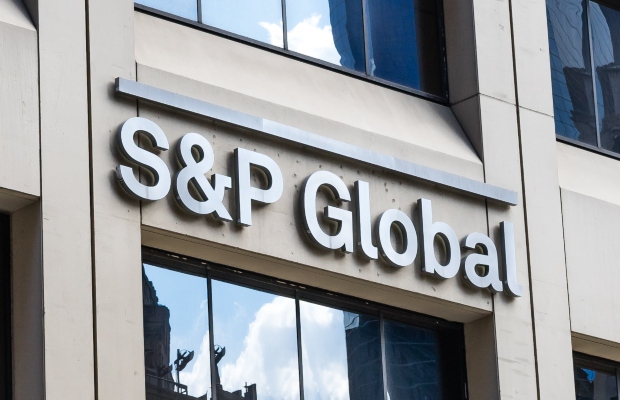
In the interconnected world of finance, the movements of markets, currencies, and economies shape the lives of individuals and nations alike. From Wall Street to Main Street, from bustling financial centers to remote villages, the currents of world finance flow, influencing everything from daily transactions to geopolitical relations. In this blog, we delve into the multifaceted world of finance, examining its key components, global impacts, and evolving trends.
1. Global Financial Markets: At the heart of world finance are the global financial markets, where assets such as stocks, bonds, currencies, and commodities are bought and sold. These markets serve as platforms for investors, traders, and institutions to allocate capital, manage risk, and generate returns. From the New York Stock Exchange to the London Metal Exchange, financial markets around the world operate 24/7, linking economies and investors across continents.
2. International Trade and Commerce: World finance is closely intertwined with international trade and commerce, as businesses engage in cross-border transactions to buy, sell, and distribute goods and services. The movement of goods and the flow of capital across borders drive economic growth, create employment opportunities, and foster innovation. From multinational corporations to small businesses, firms leverage world finance to navigate the complexities of global trade and expand their market reach.
3. Foreign Exchange Markets: The foreign exchange (forex) market plays a pivotal role in world finance, facilitating the exchange of currencies and enabling international trade and investment. Trillions of dollars worth of currencies are traded daily in the forex market, where participants include central banks, commercial banks, corporations, and individual traders. Exchange rate movements influence the competitiveness of exports, the cost of imports, and the value of overseas investments, making forex a critical component of world finance.
4. Global Banking and Finance Institutions: Global banking and finance institutions, such as the International Monetary Fund (IMF), World Bank, and multinational banks, play key roles in shaping world finance. These institutions provide financial assistance, investment funding, and policy guidance to countries and organizations around the world. Through initiatives such as development loans, debt restructuring, and economic reforms, global financial institutions aim to promote stability, growth, and prosperity on a global scale.
5. Emerging Trends and Challenges: World finance is constantly evolving, driven by technological advancements, regulatory changes, and geopolitical developments. Emerging trends such as fintech innovation, sustainable finance, and digital currencies are reshaping the landscape of world finance, offering new opportunities and challenges for investors, businesses, and policymakers alike. Additionally, issues such as income inequality, climate change, and geopolitical tensions pose significant challenges to the stability and sustainability of world finance, requiring collective action and innovative solutions.
In conclusion, world finance is a dynamic and interconnected system that transcends borders and influences every aspect of our lives. From the trading floors of financial centers to the corridors of power in global capitals, the forces of world finance shape our economies, societies, and futures. By understanding the complexities and dynamics of world finance, we can navigate its challenges, harness its opportunities, and strive towards a more prosperous and sustainable global economy.






